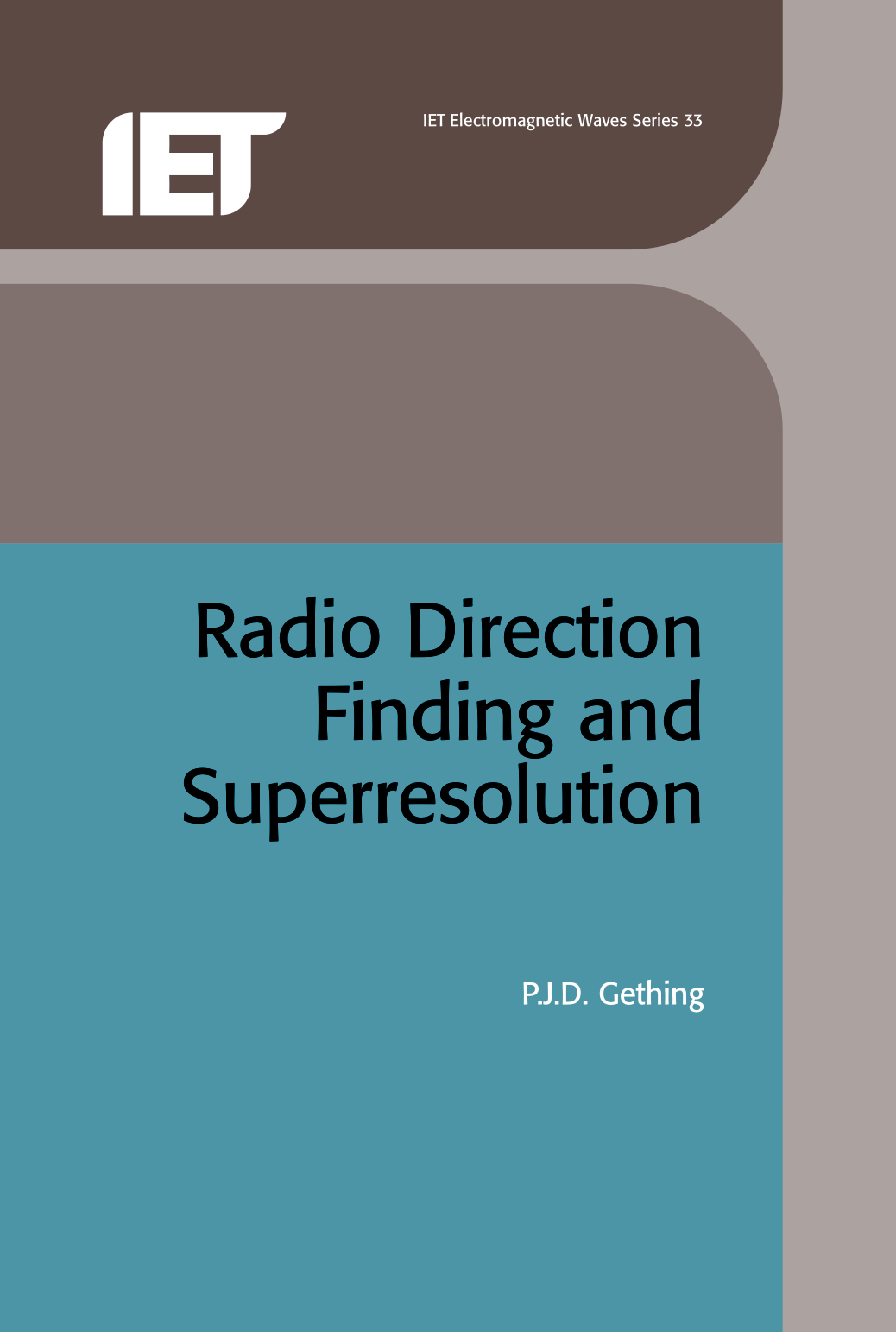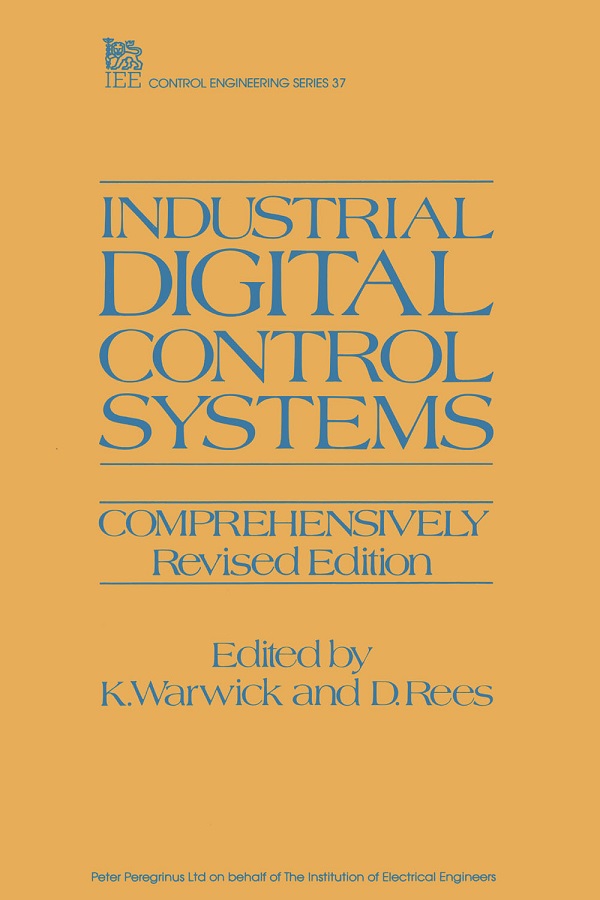CLCTN
LanguageENG
PublishYear1991
publishCompany
The Institution of Engineering and Technology
EISBN
9781849193894
PISBN
9780863412387
edition
2
- Product Details
- Contents
This is an enlarged and revised second edition of a book first published in 1978 and reprinted twice since then. The new edition includes updates to all the original chapters, plus two new chapters on developments in superresolution techniques and their application to direction-finding arrays. Modern direction finders, capable of measuring elevation angles as well as azimuth angles on the components of multi-ray wavefields, have become powerful tools for research in ionospheric physics and HF radio propagation. The complexity of the problem of resolving closely-spaced rays requires the combined use of wide aperture antenna arrays, multichannel receiving systems and sophisticated digital processing techniques. Published research papers over the last 12 years provide a rich source of information on the development of superresolution algorithms for use in radar, sonar, geophysics and spectral analysis, as well as radio direction finding. Dr Gething reviews the important methods and results, showing how some of the new techniques are related to the wavefront analysis methods described in the first edition. The text is illustrated with computer plots of model wavefields and contain important results on the loci of constant phase and amplitude, and on the statistical properties of bearing-error distributions for specified models. The collection and interpretation of ionospheric data for the purpose of mode identification, and the statistical theory of DF plotting algorithms, are also discussed.Wavefront analysis and superresolution may be regarded as extensions to classical array theory. The basic principles are widely applicable and should therefore be of interest to research workers in radar, sonar, radioastronomy and adaptive array theory, as well as HF radio direction finding.
Collected by
- Princeton University
- Yale University
- Columbia University Library
- Stanford University











